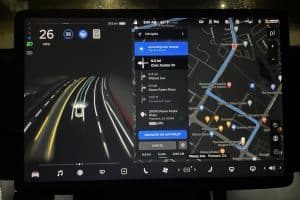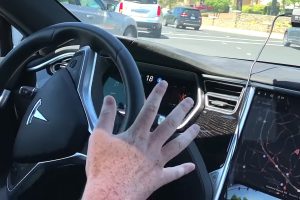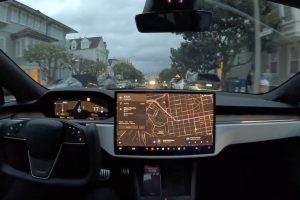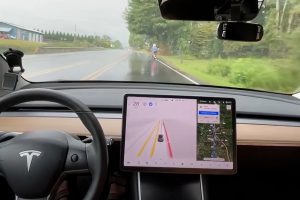A lot has been made about Tesla’s slimming margins as it continues to reduce prices on its electric vehicles, which has, in turn, made the electric car company make less of a profit per unit.
But the strategy, like much of Tesla’s mentality, is based on a long-term vision and not short-term profitability. Price cuts have helped encourage more people to buy the company’s vehicles while also taking advantage of a fast-growing market that has become overwhelmed with competitors, some worth and some not so much.
Regardless, the margins have become a weak point for Tesla, at least in the eyes of many analysts who believe the cuts will encourage investors to buy other stocks or at least remain stressed about them.
The most bullish fans are not worried, though, and they continue to look ahead.
Even still, analysts are forgetting something big as the stock moves forward, and that’s the potential of Tesla’s Full Self-Driving suite, which was the subject of some questions during the company’s Earnings Call last week.
Investors wanted to know if, like Tesla’s vehicle prices, its FSD suite would also be backtracked in terms of cost. Musk was adamant that the potential of autonomy is too great, and it aligns with his past ideology that current pricing, despite being raised without the release of new features, is a steal compared to its potential value.
“It’s a tricky pricing question,” Musk replied to an inquiry from an analyst regarding FSD’s current tag, “because the value of a car that is autonomous is enormous. So in a way, the price right now is an option to buy an autonomous vehicle. And that value is — that will ultimately be very significant.”
Musk has always maintained this mindset. Several years ago, in 2020, he said that the investment in FSD now would pay off to the consumer in the future. “In my opinion, buying FSD option is something people will not regret doing.”
Competition in terms of EVs is growing and becoming more saturated every month as an automaker comes out with a new vehicle or begins production of a previously announced one. This is not necessarily the case with autonomous driving functionalities, as there are a few out there, but Tesla’s is one of the more robust.
The potential financial gain Tesla could see as a part of its Full Self-Driving platform is one that makes the short-term margin concerns relatively minuscule. In reality, the automaker is betting on its future to take care of these microeconomic concerns. While Tesla did report lower-than-expected automotive gross margins this past quarter, the company reassured investors that the changes were “manageable.”





